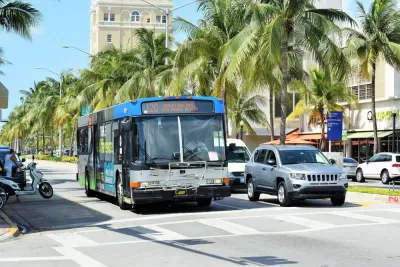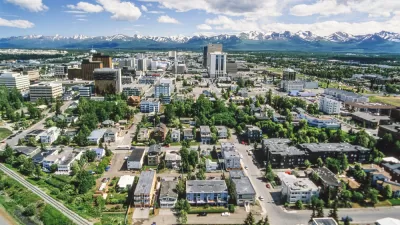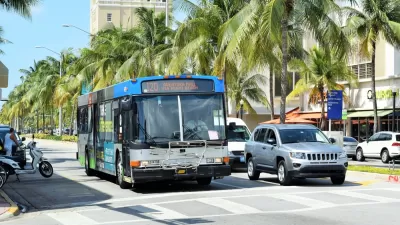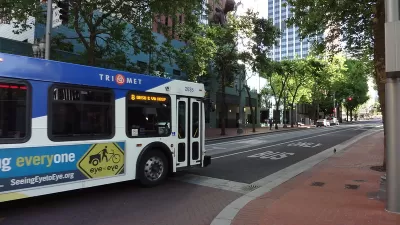The Miami-Dade Transit system includes only five routes with headways at 15 minutes or less during midday and only six percent of residents live near frequent bus service, according to a recent study.

"Transit Alliance Miami is busy making the county’s route network more efficient so that the bus won’t be considered the mode of last resort," according to an article by Linda Robertson.
"The Alliance, a nonprofit organization advocating for improved mobility and public transit, finished the first phase of its Better Bus Project on Friday and found that the critical choice facing transit planners and bus passengers boils down to frequency versus coverage. Should the network provide waiting times of 15 minutes or less or serve every corner of the sprawling county?"
According to Robertson's summary of the report, transit service is far from frequent or useful to most of the county's residents: "only five county routes have a bus arriving every 15 minutes or less during midday; most routes involve a minimum 30-minute wait. Although 60 percent of residents are near transit service, only 6 percent are near frequent transit service."
Jarrett Walker + Associates prepared the "Better Bus Project Choices Report" [pdf] for the Transit Alliance Miami and Miami-Dade’s Department of Transportation and Public Work. Walker followed the news article by Robertson with a blog post to describe some of the unique challenges facing the Miami-Dade bus transit system and any potential system redesign project.
Robertson concludes with a description of next steps for a possible system redesign for Miami-Dade County: "In the next phase of the Better Bus Project, the Transit Alliance will conduct another survey, hold more community workshops and present two network concepts in September."
FULL STORY: The campaign to fix Miami-Dade’s bus service is gaining traction, but how to fix it?

Maui's Vacation Rental Debate Turns Ugly
Verbal attacks, misinformation campaigns and fistfights plague a high-stakes debate to convert thousands of vacation rentals into long-term housing.

Planetizen Federal Action Tracker
A weekly monitor of how Trump’s orders and actions are impacting planners and planning in America.

In Urban Planning, AI Prompting Could be the New Design Thinking
Creativity has long been key to great urban design. What if we see AI as our new creative partner?

King County Supportive Housing Program Offers Hope for Unhoused Residents
The county is taking a ‘Housing First’ approach that prioritizes getting people into housing, then offering wraparound supportive services.

Researchers Use AI to Get Clearer Picture of US Housing
Analysts are using artificial intelligence to supercharge their research by allowing them to comb through data faster. Though these AI tools can be error prone, they save time and housing researchers are optimistic about the future.

Making Shared Micromobility More Inclusive
Cities and shared mobility system operators can do more to include people with disabilities in planning and operations, per a new report.
Urban Design for Planners 1: Software Tools
This six-course series explores essential urban design concepts using open source software and equips planners with the tools they need to participate fully in the urban design process.
Planning for Universal Design
Learn the tools for implementing Universal Design in planning regulations.
planning NEXT
Appalachian Highlands Housing Partners
Mpact (founded as Rail~Volution)
City of Camden Redevelopment Agency
City of Astoria
City of Portland
City of Laramie





























